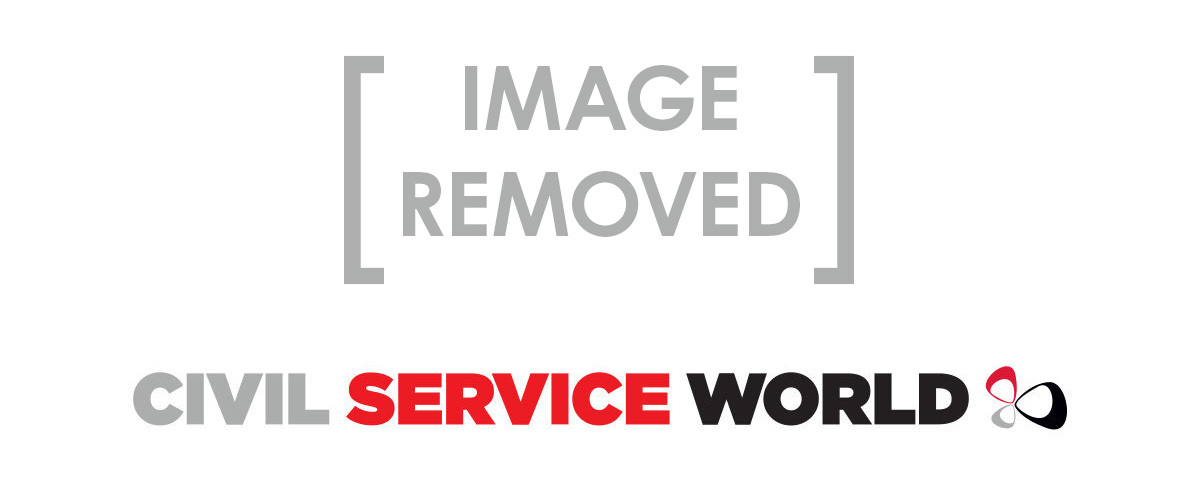Gender pay gaps increased at five major government departments last year, the latest figures have shown, while the Department for Digital, Culture, Media and Sport had the greatest difference in average earnings for men and women.
A clutch of transparency reports has shown that while gender pay gaps are lower than the national average at all of the 18 largest central departments, half still pay their female staff 10% less than their male staff.
And while most ministries have made progress on closing their pay gaps in the last two years, gaps widened at five of the 18 central ministries between 2017-18 and 2018-19.
RELATED CONTENT
At the Department for International Trade, the figure shot up from 2.7% in 2017 to 9.4% in 2018, rising again to 12.9% last year. At the Foreign Office, the gap increased from 8.2% to 10.1% in a year – but remained lower than the 2017 figure of 11.1%.
Victoria Jones, equalities officer at the FDA union, said it was "unacceptable" that the pay gap had increased in some departments.
"In 2020 we are still not seeing significant progress across the board, and the progress we have seen is simply too slow. It’s unacceptable that the gender pay gap is increasing in some departments," she said.
She said departments must commit to "commit to investing in their pay structures to remove inequality, address the lack of development opportunities for women and create meaningful action plans as a priority".
Elsewhere, the reports showed the pace of change has varied considerably. Most notably, the Department for Transport has cut its pay gap considerably since 2016-17, from 22.6% to 13.8% over the two years. In the last year, BEIS has reduced its gender pay gap by nearly four percentage points, and HMRC has squeezed its pay differential from 12.8% to 9.3%.
And despite still having the greatest pay gap in 2018-19 at 16.6%, DCMS had made progress since 2017-18, when it was 22.9%.
The rankings
The reports were released as part of a drive to increase transparency on gender pay. All organisations with more than 250 employees must now publish reports on their gender pay gap, which refers to the difference in overall average pay between men and women across all levels of the organisation rather than disparities in pay for specific jobs. Across the whole of the UK, the median gender pay gap was 18.1% in 2018-19, according to the Office for National Statistics.
 As with last year, only the Department for Work and Pensions had no gender pay gap. However, the Ministry of Housing, Communities and Local Government came close with a pay gap of just 0.4% in the core department. The Department for Education had the third-lowest pay disparity, at 5.3%.
As with last year, only the Department for Work and Pensions had no gender pay gap. However, the Ministry of Housing, Communities and Local Government came close with a pay gap of just 0.4% in the core department. The Department for Education had the third-lowest pay disparity, at 5.3%.
At the other end of the scale, DCMS was closest to the national average. The Ministry of Justice and the Home Office followed, with 15.9% and 14.6% respectively – and the pay gap had widened slightly at both departments since the previous year.
Rounding out the top five were DfT, at 13.8%, and the Department for Exiting the European Union, at 13.6%.
Also tipping over the 10% mark were the Department for International Trade, the Ministry of Defence, the Department for Business, Energy and Industrial Strategy and the Foreign Office.
Most departments attributed pay variation to having a higher proportion of men in senior levels, or a higher proportion of women in more junior grades.
However, there were a range of other reasons affecting pay distribution. In its report, the MoJ – which includes HM Prison and Probation Service – said its largest group of staff was at prison-officer grade, and that most prison officers are men.
A DCMS spokesperson said the department was “closing the gender pay gap and improving gender diversity” and had followed recommendations made by the Government Equalities Office as well as its own strategy. In 2018-19, close to two-thirds of internal promotions went to women, they added.
The bonus gap
The data revealed a much more mixed picture when it came to bonus payments in 2018-19. Two-thirds of departments had pay gaps of less than 7%.
At the Department for Health and Social Care, men’s median bonuses came to 29.2% more than those of their female colleagues. At DfT, the gap was 15%; at Department for Environment, Food and Rural Affairs, 14.2% and BEIS, 12.7%.
But the biggest bonus gap was at DExEU where, despite men’s salaries being higher than women’s overall, women took home 47.8% more in bonus payments than their male colleagues.
The department put this down to a combination of retention payments, which are awarded to staff after a given length of service; performance-related awards; and reward vouchers given to staff who go “over and above”.
“This corresponds with the higher performance management markings received by women on average, with more women receiving a platinum marking (the highest performance marking with the largest bonus attached), and less women receiving a bronze marking (the lowest marking with no bonus attached), compared to men,” DExEU said in its report.
Women also received bigger bonuses than men at the Treasury – where the bonus gap was -12% - and the MoJ, where it was -6.7%.
Several departments, including the Cabinet Office, MHCLG and HMRC, had no bonus gap.
A government spokesperson said: "Our gender pay gap continues to narrow but we know there is more to do so continue to work hard.
"In recent years we have introduced blind recruitment, advertised all jobs as flexible and continued to review recruitment policies to ensure fairness and equality.”